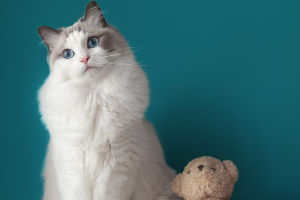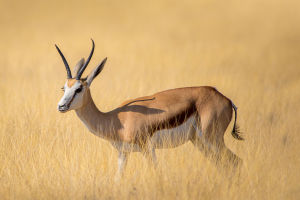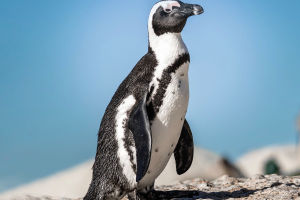The owl is a fascinating creature that has captured the attention of humans for centuries. While they may have a cute and docile appearance, owls are, in fact, raptors with keen night vision, sharp beaks, and claws that can stun and pierce their prey's bodies.
Their large pupils and rich optic rod cells make them suitable for nocturnal activities, earning them the nickname "night domination."
Most owls are nocturnal, hiding in bushes and eaves during the day and starting their evening activities at night. Their exceptional ability to see in low light and fly silently makes them effective hunters. Their soft feathers allow them to fly silently and reduce the volume of their wing flapping, ensuring that they can quickly strike without alerting their prey.
The frequency of the sound waves generated by their flapping wings is less than a thousand hertz, making it impossible for the average mammalian ear to perceive.
The owl has a special significance in ancient Greek mythology. In Athens, it is impossible to avoid seeing images of the owl. Every guide in the city will explain that Athena, the city's patron saint, had the owl as her sacred bird.
According to legend, the owl was responsible for delivering messages to Athena at night, and it was rumoured that Athena disguised herself as an owl to go out and spy. Athena was the goddess of wisdom, and the owl, her sacred bird responsible for her sources of information, became a symbol of wisdom and erudition.
In the middle of the 5th century AD, the Athenian silver coin featured the image of Athena on the front and an owl on the back. This coin was one of the most important international currencies at the time and was a symbol of ancient Athenian civilization.
Today, the Athenian silver owl coin is the most valuable ancient coin in the world, demonstrating the importance of the owl in ancient Greek culture.
Despite their cultural significance, owls have also become fashionable pets. Many people are drawn to their cute and comical expressions and movements, but it is important to remember that they are still wild animals with instincts.
Owls are not suitable pets for most people, as they require specialized care and diets, and keeping them in captivity can be detrimental to their physical and mental well-being.
If you ever encounter an owl in the wild, it is important to admire them from a safe distance and not disturb their natural habitat. Owls play an essential role in the ecosystem as apex predators, controlling the populations of rodents and insects.
Without them, the delicate balance of nature would be disrupted, leading to potential environmental problems.
In addition to their hunting prowess and cultural significance, owls also have unique physical adaptations that set them apart from other birds.
Owls are fascinating creatures with rich cultural and mythological significance. While they may have a cute and comical appearance, they are still raptors with instincts that should be respected.
It is important to appreciate their unique abilities and contributions to the ecosystem while also taking care to preserve their natural habitats.


